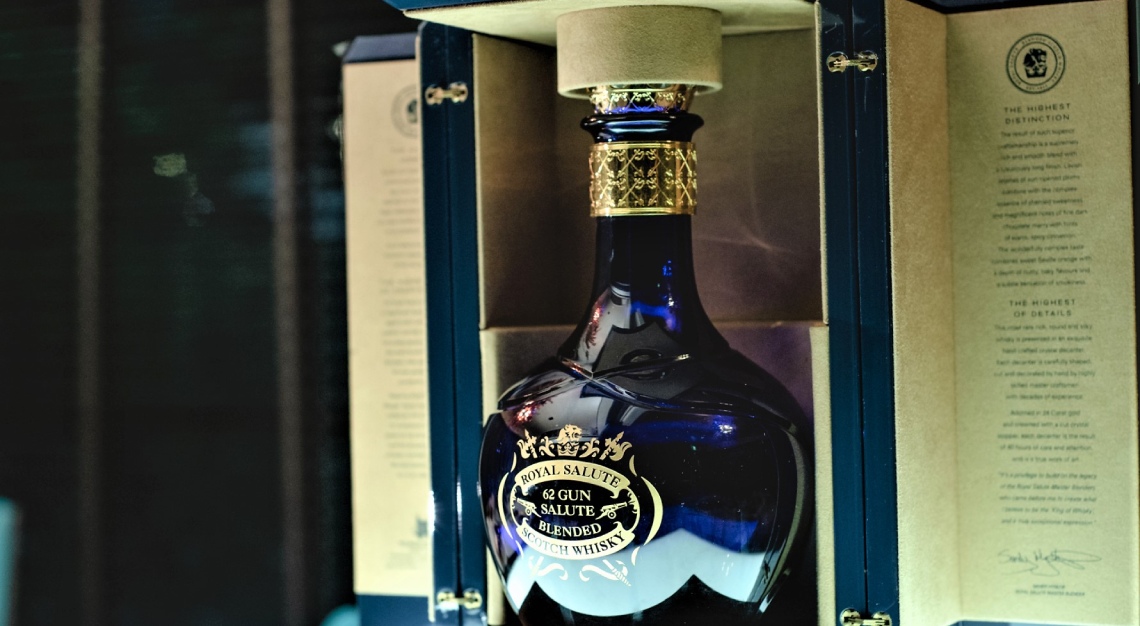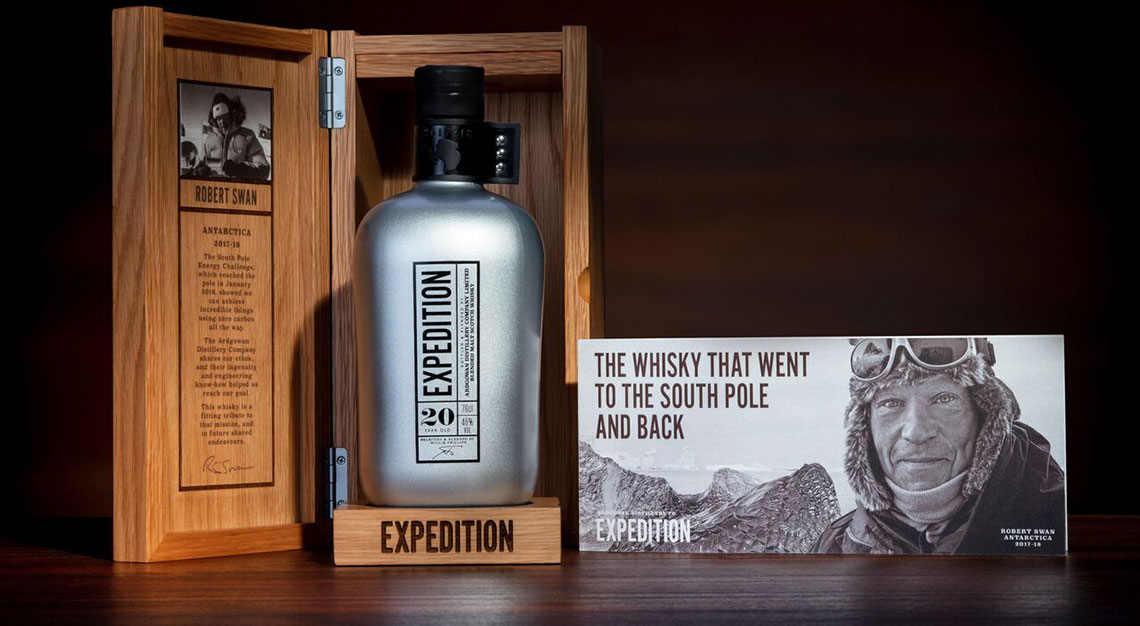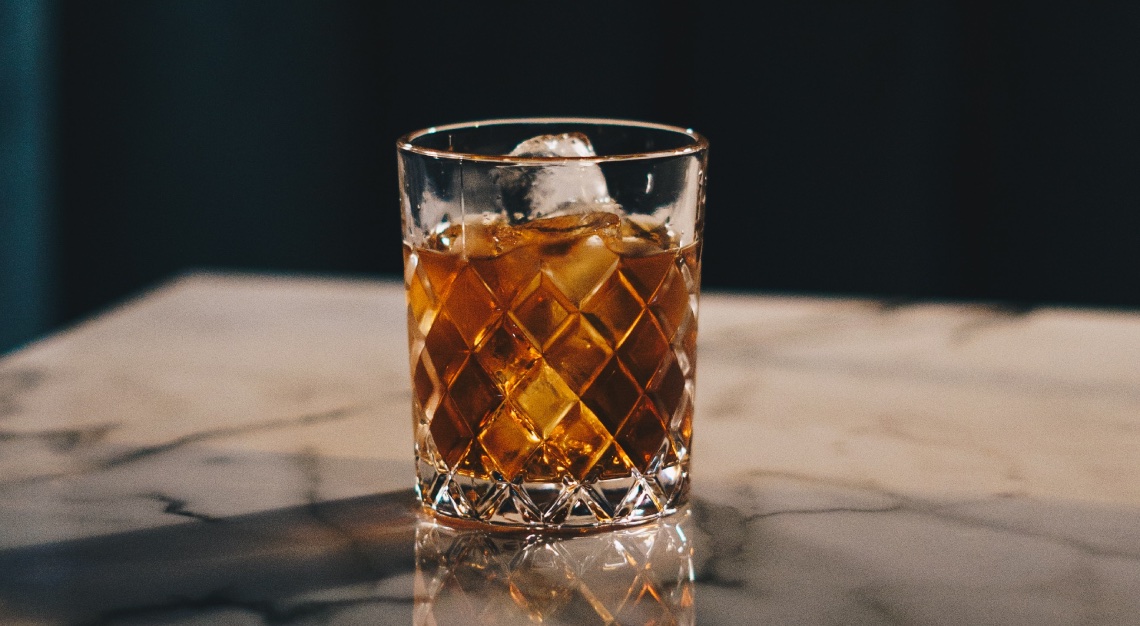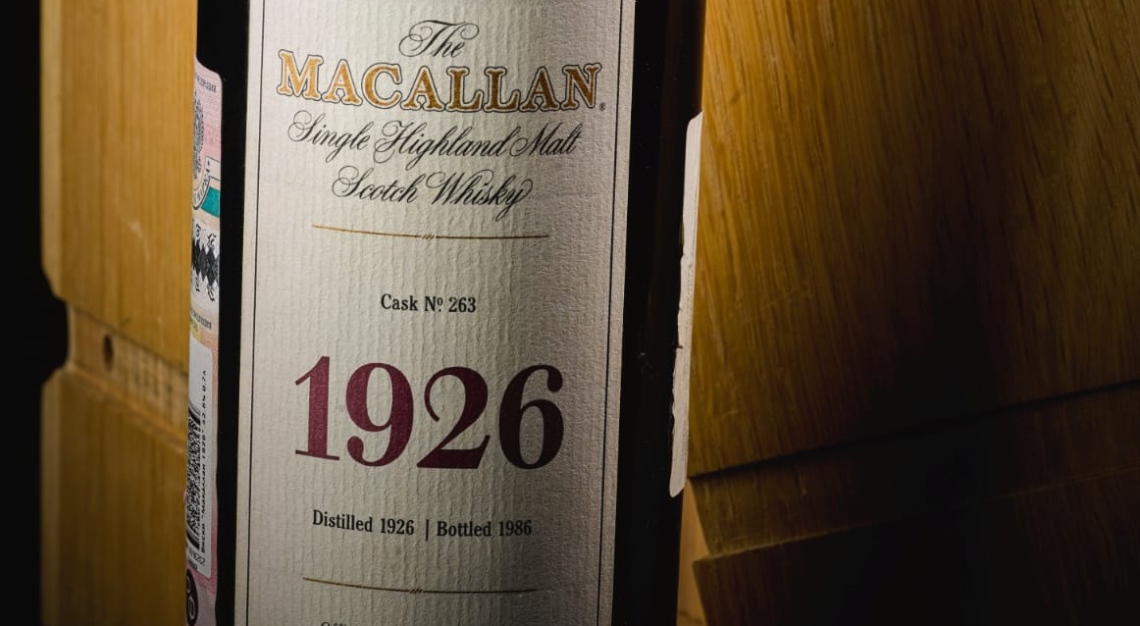For some ingredients, youth is not a virtue. Fortunately for the impatient, technology is speeding things up
When it comes to food, time isn’t just a measure of the duration needed to prepare it. It’s also an ingredient, and like salt and pepper, time can season or even alter the flavour and aroma of certain food and drinks.
While small-scale manufacturers still honour patience and manual labour when it comes to ageing ingredients, many modern innovators are firing up their creative juices to come up with cost- and time-efficient ways to age food and beverages without compromising on taste or texture. Here are seven of the most common types of ingredients that are benefiting from a little more (or a little less) time.
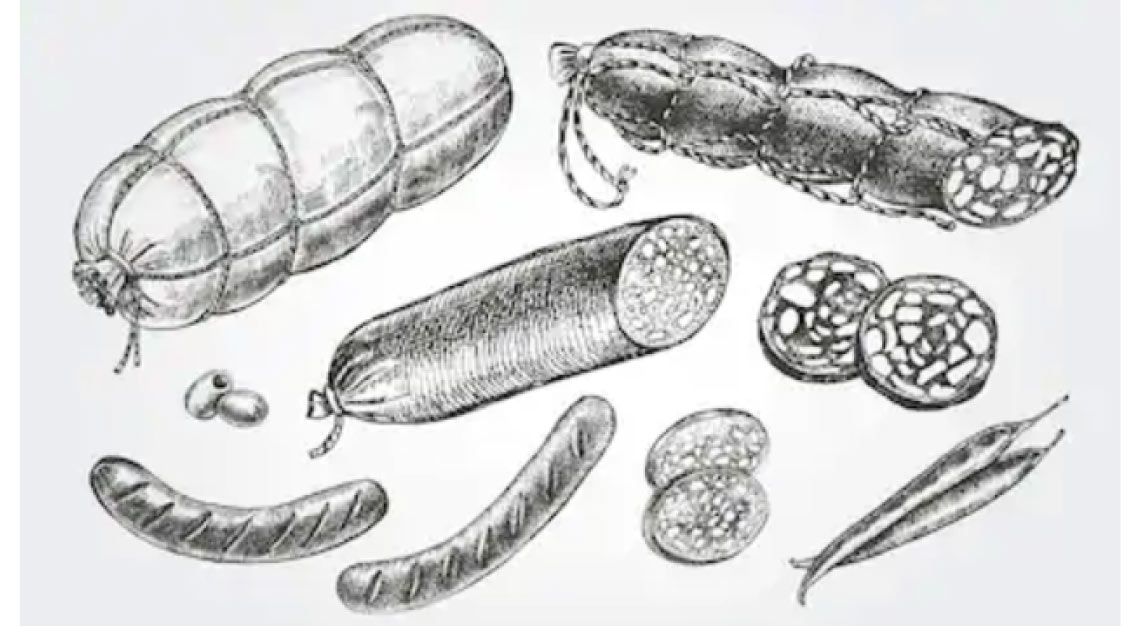
Ham
The art of curing ham was first documented by Roman historian Cato the Elder in the third century BC. This method preserves the meat and allows it to last for months. The dry-curing process (also known as country-style curing) involves rubbing salt into the pork before drying it. It can take between 28 and 49 days for the salt to penetrate the pork. Hams can also be aged in a temperature- and humidity-controlled room for at least 45 days or for as long as five years.
While a theory exists that it’s possible to speed up the dehydration of ham by using forced airflow, diners may have to settle for a less appetising (though still edible) plate.
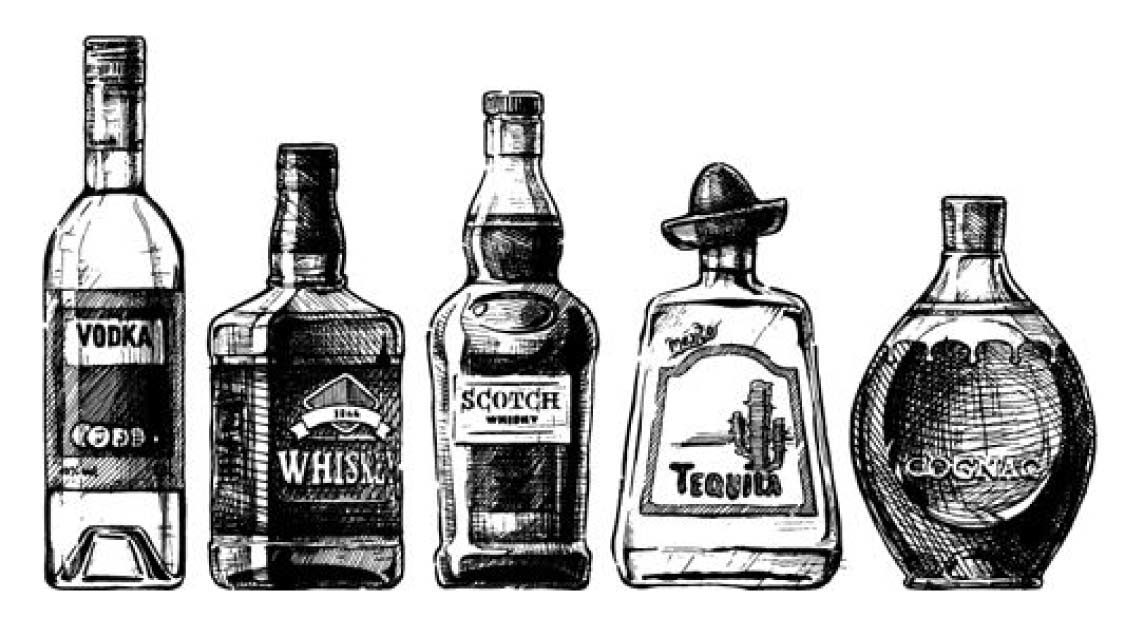
Whisky
Before being sealed in a wooden barrel, the liquid looks like plain water and its taste is unimpressive. What gives it its golden brown shine is the ageing process, which lasts from three to 50 years. Flavour variations occur with different environments, temperatures and barrels, some of which are charred to help remove unpleasant flavours. The wood of the barrel also contributes to the taste.
Some companies have invented methods to shorten the lengthy maturation process. Cleveland Whiskey mixes whisky with pieces of wood in a steel vessel and applies pressure to create new flavours within days, while Lost Spirits uses light and heat, which reduces the ageing process from 20 years to six days.
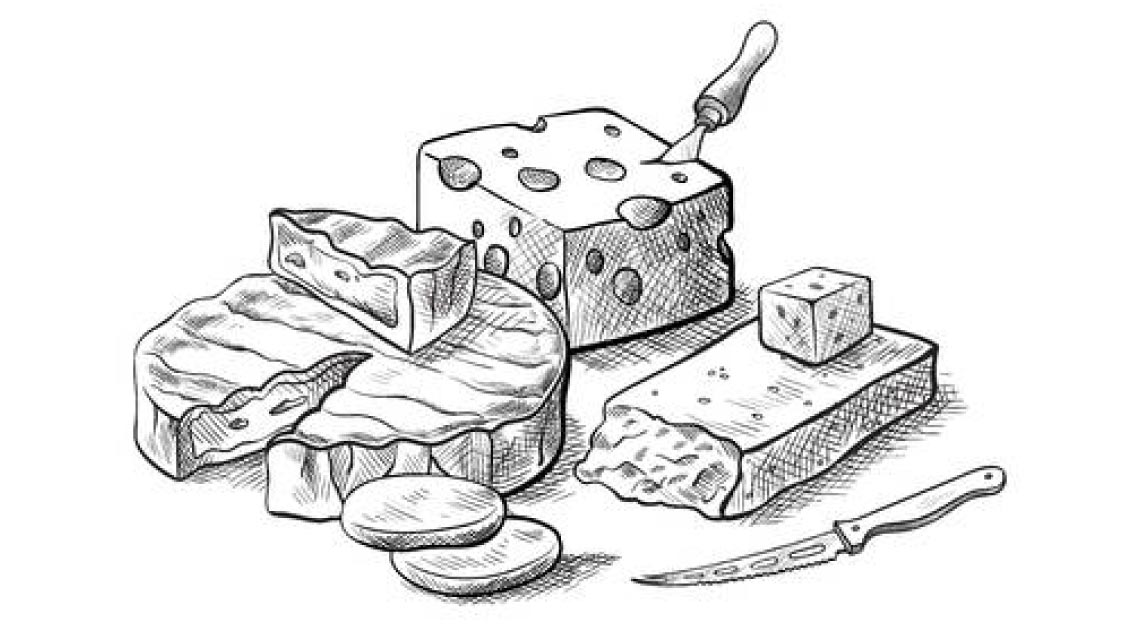
Cheese
While some fresh cheeses boast milder flavours and watery textures, aged cheese wins the day with its richer, tangier taste. There have even been discoveries of preserved cheese dating back to 3,600 years ago in the Taklamakan Desert in China. The process kick-starts after salt has been added to the curd, breaking the lactose down into lactic acid, which gives it a sour taste. Age also gives cheese a nutty or smoky profile and certain kinds of cheese solidify, develop a tougher rind and form crunchy crystals during the week- to year-long ageing process. Adding mould, bacteria, maggots and other ingredients to the cheese also makes for more complex, layered pay-offs that some may consider legendary.
In theory, cheese develops and matures faster with higher levels of moisture. The lower the temperature and humidity, the slower it ages, so cheese manufacturers could try to go in the opposite direction.
Still, this untested strategy could end up ruining the product altogether with an overly bitter taste. In this case, old is gold and patience is a virtue.
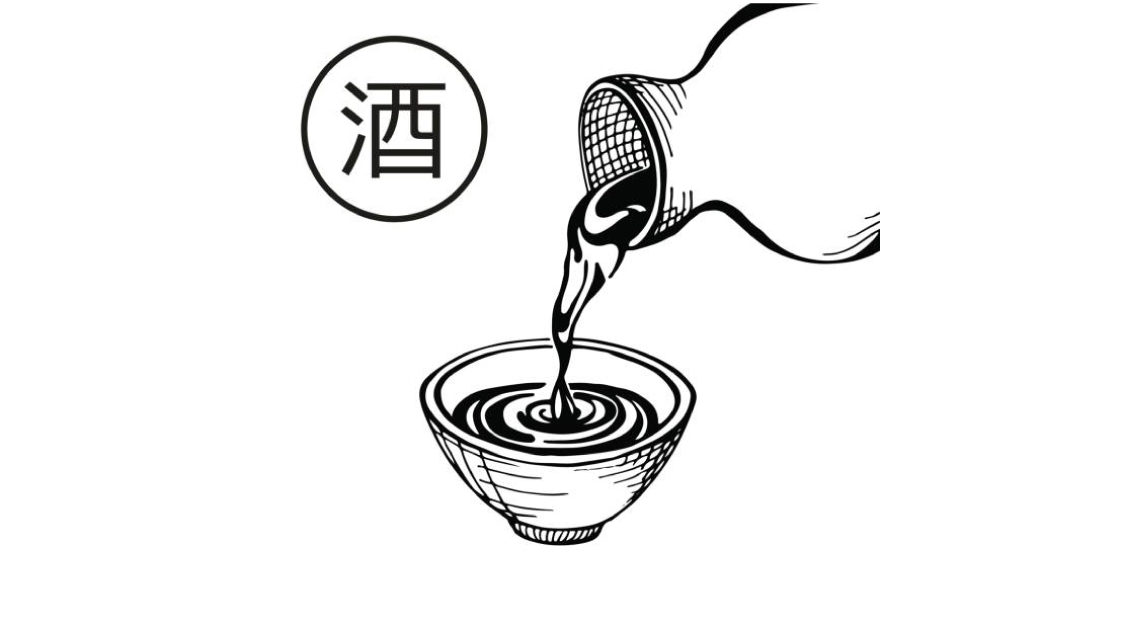
Sake
Most sakes aren’t typically aged. The small percentage that are may go through a diversity of ageing methods, using rice that’s unpolished. To soften their intensity, aged sakes are kept for at least three years at a brewery. But there are no strict rules regarding the ageing process. Sakes aged at lower temperatures emerge lighter, while room temperature sakes taste richer. Ageing them in larger tanks results in heavier, darker liquor.
Some breweries combine a variety of temperatures and vessel sizes to create unique blends with a more characterful flavour profile. Others use snow (or a snow-covered cellar at close to freezing temperatures) to regulate the temperature for a more consistent ageing process. An experimental method of ageing sake on the ocean floor was attempted in 2013. The Kidoizumi brewery, in particular, ages its sakes in wine casks for six months – a quicker, creative alternative to traditional methods.
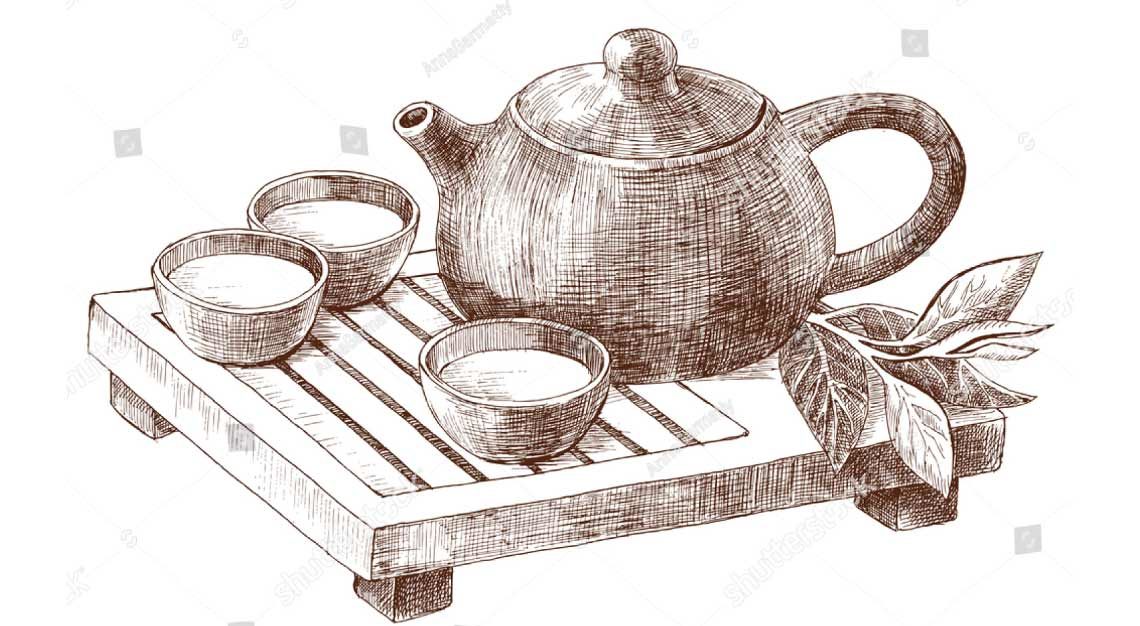
Tea
It’s said that the export of aged tea started in seventh-century China. Pu’Er, a fermented tea made in Yunnan province, can be aged between five and 50 years. Paramount to its ageing process is the introduction of oxygen, after temperature and humidity. The more the leaves are compressed, the slower the ageing process. A darker environment, slight moisture in the air and a stable temperature of 20 to 30 degrees Celsius add to the efficacy of the process.
There is a hypothesis that using technology to amplify or eliminate certain environmental factors could speed things up, although its success would depend on the type of tea. However, there is currently nothing to prove its viability. The waiting game here is the winning game.

